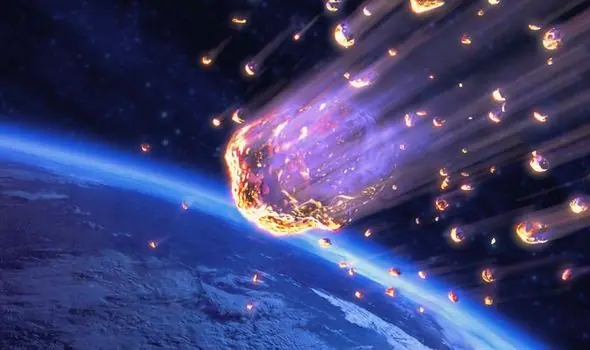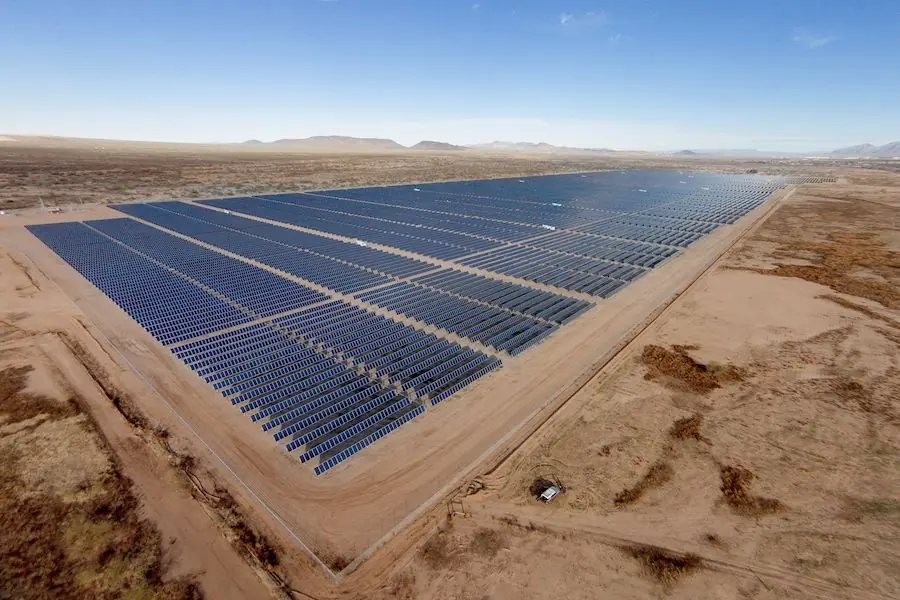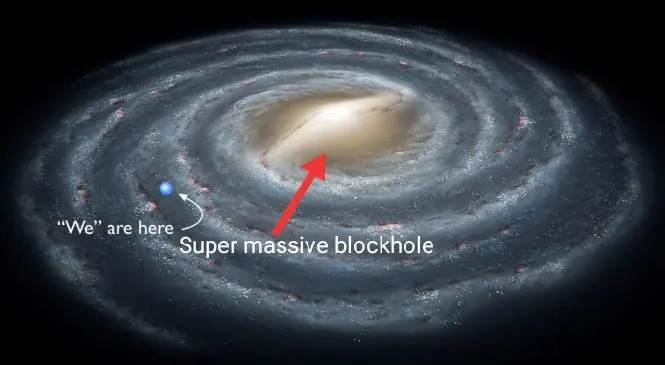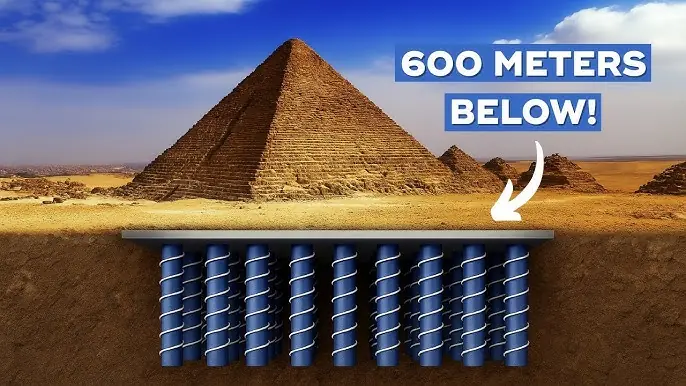
Sun Unleashes Monster Flare As Scientists Say Earth Could Be Hit By Massive Solar Storm Tomorrow
In a dramatic turn of solar activity, the Sun has unleashed one of its most powerful flares in recent years, sparking serious concern among scientists and space weather experts. This colossal outburst of energy, classified as an X-class solar flare, erupted from a highly active sunspot region facing Earth. As of the latest updates from the National Oceanic and Atmospheric Administration (NOAA) and NASA’s Solar Dynamics Observatory, a massive solar storm—triggered by this flare—could reach Earth as soon as tomorrow.
Solar flares are sudden, intense bursts of radiation emanating from the surface of the Sun. They often occur in active regions around sunspots, where magnetic fields are especially strong. X-class flares are the most extreme category and can cause significant disruptions to Earth's magnetosphere, depending on their strength and direction.
The current flare, recorded on satellite sensors just hours ago, was accompanied by a Coronal Mass Ejection (CME) — a huge expulsion of plasma and magnetic field from the Sun's corona. When directed at Earth, a CME can disturb the planet’s magnetic field and create geomagnetic storms. Scientists warn that this particular CME appears to be Earth-directed, meaning the planet could be in the direct path of its impact.
What does this mean for us here on Earth?
First and foremost, a solar storm of this magnitude can disrupt satellite communications, GPS systems, aviation routes, and even power grids. Airlines flying over polar regions may have to reroute to avoid radio blackouts. GPS-based navigation, especially in critical sectors like agriculture, maritime, and aviation, could experience temporary inaccuracies. Even mobile networks and internet signals could suffer short-term interruptions in areas closest to the poles.
Moreover, strong geomagnetic storms are known to create spectacular auroras—the Northern and Southern Lights—visible far beyond their usual range. If forecasts hold, people living as far south as northern parts of the United States, Europe, or Central Asia may witness breathtaking auroral displays lighting up the night sky tomorrow.
However, the most serious concern lies in the potential impact on electrical infrastructure. In the past, severe solar storms have caused major blackouts. For example, the 1989 solar storm knocked out power in Quebec, Canada, affecting millions of people. Experts are now urging power companies and satellite operators to prepare for potential disruptions.
Dr. Elena Vasquez, a solar physicist at NASA’s Goddard Space Flight Center, emphasized the rarity and power of the event:
"This is not your average solar flare. The energy released is equivalent to billions of hydrogen bombs exploding simultaneously. If the CME hits Earth as expected, we could be looking at the strongest geomagnetic storm in over a decade."
NASA and NOAA are closely monitoring the situation, and real-time alerts are being shared with industries and governments worldwide. While Earth’s magnetic field provides substantial protection, strong solar events like this can temporarily overwhelm those natural defenses.
Despite the concerns, scientists also view this as an important opportunity to study the Sun’s behavior more closely. Each event like this helps researchers better understand space weather and improve forecasting models that can one day predict solar storms more accurately—possibly saving lives and preventing massive economic losses.
In conclusion, as the Sun enters a more active phase of its 11-year solar cycle, events like this flare are expected to become more frequent. The possibility of Earth being hit by a powerful solar storm tomorrow serves as both a warning and a wake-up call. Whether it leads to breathtaking auroras or critical infrastructure disruptions, one thing is certain: when the Sun speaks, Earth listens.
News in the same category


Halley’s Comet Is Back, But This Time, It’s Raining Fire

Greece Rocked By Massive Earthquake As Tsunami Warning Sparks Panic

Modern House Fires Burn Faster: Why You May Have Only 3 Minutes to Escape

Could the Sahara Desert Power the Entire World with Solar Energy?

Drunk Bees? How Fermented Nectar Affects Honeybees in Australia

How Small Earth Is in the Universe—And Why That Should Inspire Us

$20 Trillion Tunnel Could Zip You From U.S. To U.K. In Just 54 Minutes

Scientists Baffled By Earth’s Mysterious 26-Second ‘Heartbeat’—Still No Clear Explanation

Deep-Sea Discovery: How “Battery Rocks” Are Producing Oxygen 4,000 Meters Below the Pacific

Understanding Evolution: Evidence That Species Evolve Over Time

Alfred Wegener: The Scientist Who Was Laughed at in 1912—But Changed Earth Science Forever

Shocking Discovery Beneath the Great Pyramid of Giza: Lost Advanced Technology?

Scientists Propose Cooling Earth By Spraying 12 Million Tons Of Particles From Boeing Jets

From Recycled Materials To Viral Fame: Teen’s Diy Lamborghini Replica Turns Heads

Astronomer Rides Simulation To The Edge Of The Universe—Chasing Light From The Big Bang

Controversial Inventor’s Mysterious Death Sparks Debate Over Alternative Energy Suppression

Largest Dinosaur Ever Discovered in Argentina: New Titanosaur Fossil Unearthed

Dark Oxygen" Discovered in Pacific Ocean: A Breakthrough in Understanding Life on Earth and Beyond
News Post

Persistence Hunting: How the San People of the Kalahari Master the Art of Endurance

Halley’s Comet Is Back, But This Time, It’s Raining Fire

Breakthrough Cancer Treatment Uses Ultrasound and Microbubbles to Destroy Tumors from Within

Fatty Liver Disease Affects 1 in 4 People — A New Treatment Shows Promising Results

Menopausal Brain Fog? Low Iron Levels May Be the Hidden Cause

Lung Cleansing with a Powerful Natural Garlic Juice

A recent study has uncovered a key switch in aging—and it all comes down to a structure inside your cells called the nucleolus

ScienceScientists Say Viral Infections Could Be The Hidden Cause Of Alzheimer’s — 30 Years Of Research Now Validated

Greece Rocked By Massive Earthquake As Tsunami Warning Sparks Panic

🧄🌿 Natural Remedy for Leg Pain, Rheumatism, Varicose Veins & Arthritis with Cloves and Garlic

Modern House Fires Burn Faster: Why You May Have Only 3 Minutes to Escape

White Clover (Trifolium repens): 15 Benefits and Homemade Uses

A Mom of 7 Demanded My Deaf Grandpa Get Out of the Elevator—So I Brought Her Back to Reality

Could the Sahara Desert Power the Entire World with Solar Energy?

Breakthrough Protein Combo Could Heal Heart Damage and Regenerate Organs

Head Injuries May Reactivate Dormant Viruses and Trigger Alzheimer’s-Like Brain Damage

How Blood Production Changes After 70: New Research Reveals a Surprising Shift

My Ex-husband Got Our House, Car and All Our Money After Divorce – I Laughed Because That Was Exactly What I Planned
